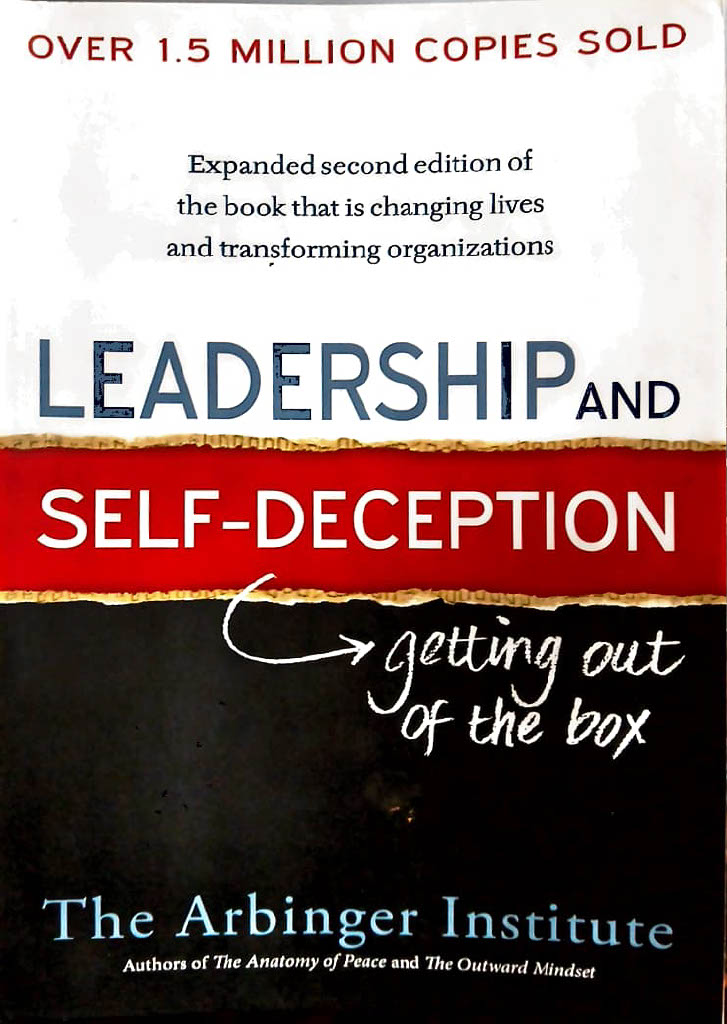
Agile teams are about effective teamwork.
While classical agile models prefer co-located teams, many have evolved to handle distributed teams as well.
By adopting principles of fractal organizations, of replicating small, self-organizing teams and structures such as team-of-teams etc, many have internalized the principles to be effective.
But now, the pandemic gripping the world has made teams not only distributed, but more dispersed.
While dispersal – from the chemistry domain – makes the solution homogeneous – dispersal of teams causes disruption.
Individuals and teams now need to think of ways to become extremely fractal – and be cohesive.
Specific actions and priorities will depend on your context and the readiness of the team.
Still, a few tips from what I have observed in teams and being effective – that might be useful for you.
Do share what has worked for you and what has not.
Will add to the collective knowledge of the community.
Time planning:
- Work out a time-slice schedule for every WFH member
- Work out a roster for Homework responsibilities [cooking, cleaning, shopping, caring – for kids etc]
- Include some ME time for every person
- Include some HOME time when everyone at home will be together [meals, playtime]
- Maximize the time saved by not commuting
- Reschedule most daily routines to take advantage of early or late hours when it might be easier to get some quiet time
Home activities:
- Make some ‘work’ space that is segregated from other heavy activity spaces at home
- If required, set up temporary curtains
- Explain to the children and other non-working family members the need for some quiet time
- Have some board games that everyone can play
- Make up new games or variants of popular games that can be played indoors
- With trusted neighbors, explore options of rostering the kid-sitting responsibilities, while maintaining adequate healthy practices
Work activities:
- Refine team working norms and team agreements
- Have backup connectivity options and let the other person know the priority and hierarchy of fallback
- Reduce the number of meetings needed
- Reduce the duration of the meetings, to stay focused and get to actions quickly
- Have a protocol for calling back, when calls drop [initiator or receiver to retry], so that you do not end up in getting busy tones at the other end
- To sense call drops, keep acknowledging the other person [otherwise, one may keep on talking, even after dropping out of the call or after the other person drops off a call
- Use video calls as much as possible, to ensure attention and participation
- Ensure everyone on the call participates – ask questions or seek feedback by name
- Have participants in a call also use a shared whiteboard or wiki to record notes, questions etc
- Use async discussion threads [slack, Teams etc] for longer discussions
- Update any common planning and tracking boards regularly, so everyone gets to see the current status
- Schedule mini-retros every couple of days, to explore ways of improving the distributed WFH model that is most suitable for the team


